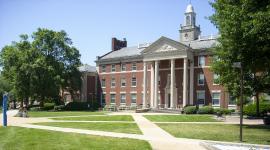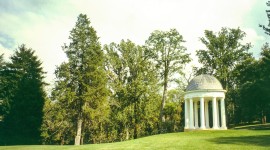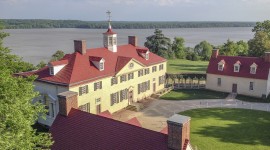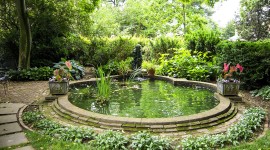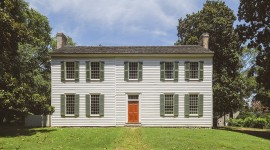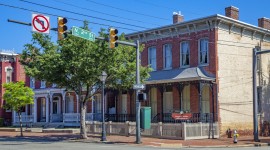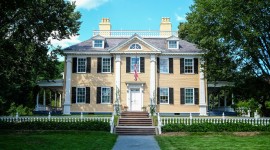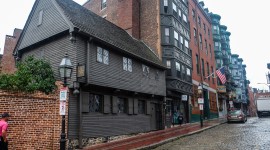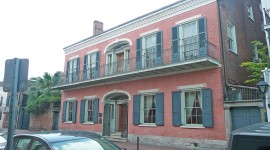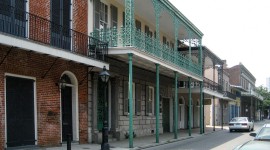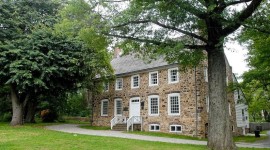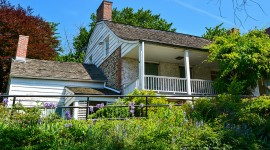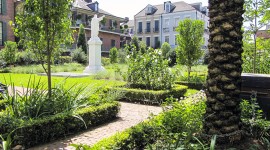Colonial Revival
Developed in the late-nineteenth and early-twentieth centuries coincident with the popularization of the landscape architecture and historic preservation professions, this uniquely American design style reflects a nationalistic awareness, appreciation, and pride. Building upon the success of the 1876 Centennial Exhibition in Philadelphia, popular interest in American history flourished. Coupled with industrialization, a nostalgic return to simpler times resulted in the development of the Colonial Revival. Found primarily in the eastern states and replicating idealized and romanticized forms and materials, the style was popularized by landscape architects including Arthur Shurcliff, Ralph Griswold, Alden Hopkins, Ellen Shipman, Charles Gillette, and Morley Jeffers Williams. The Colonial Revival style is found in public parks, institutional grounds, and residential designs. Often based on Dutch and British examples, compact, well-ordered, symmetrical gardens of perennial plants, herbs, and flowering trees are located in close proximity to homes. Blending formal elements including parterres, allées, and cruciform plans with informal kitchen gardens, the style is both organized and relaxed. Geometric beds often are enclosed by low walls and accessed by axial paths. Highly detailed planting plans create year-round interest and vertical dimensionality by employing low-maintenance ground cover, flowering shrubs, and canopy trees, often organized to frame significant views. Pergolas, arbors, fountains, sundials, stone walls, precisely-laid brick walkways, and clipped boxwood hedges are popular elements found in Colonial Revival gardens. Rusticated materials and antique elements provide a sense of permanence and heritage. Among the most popular styles of the twentieth century, the historicist appeal of Colonial Revival design endures today.




